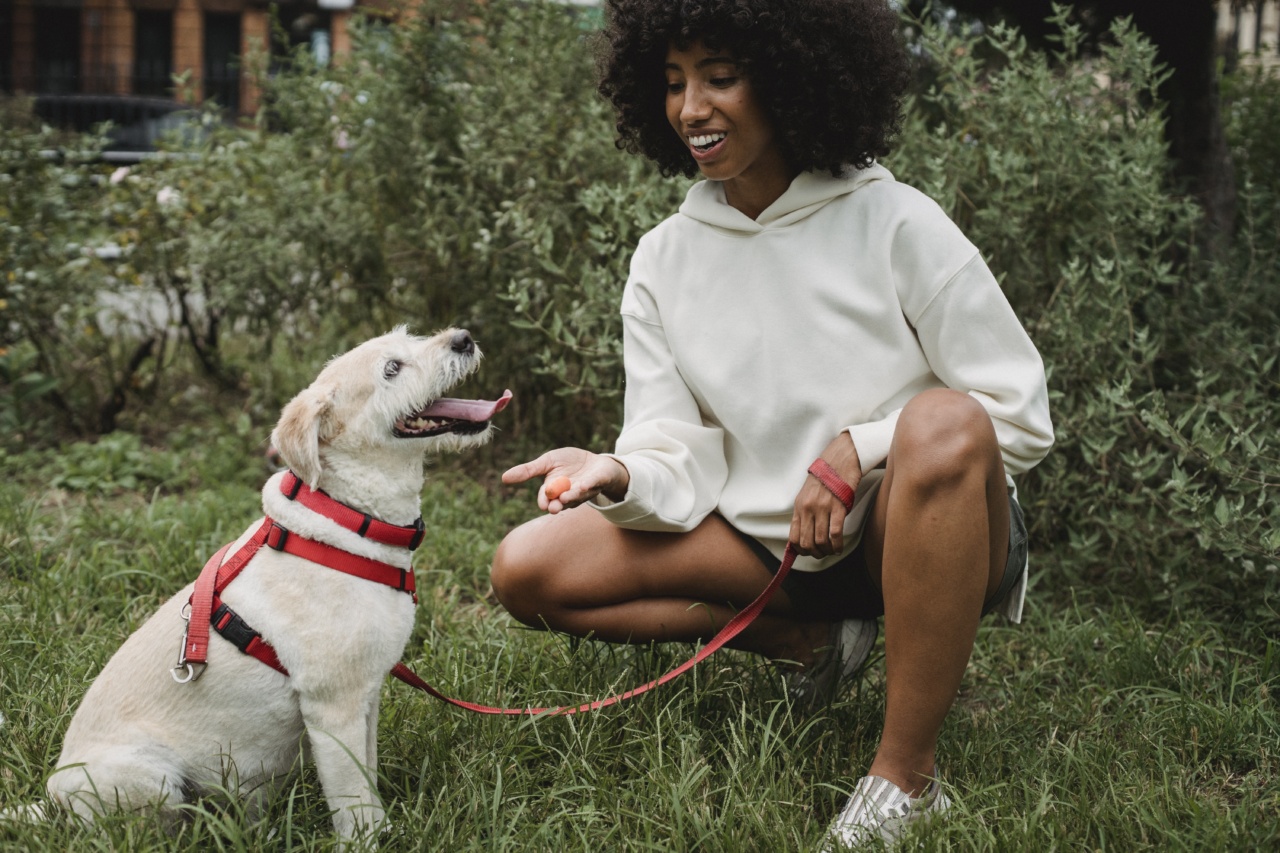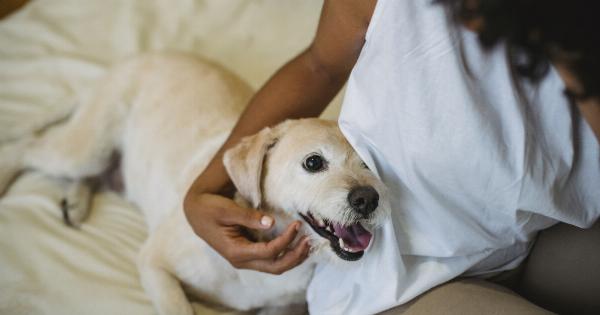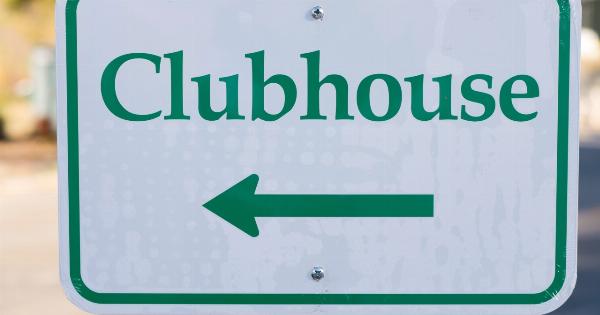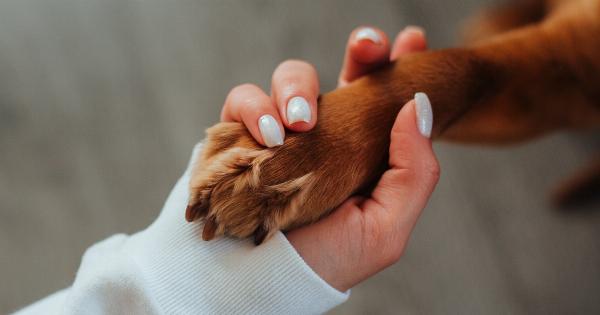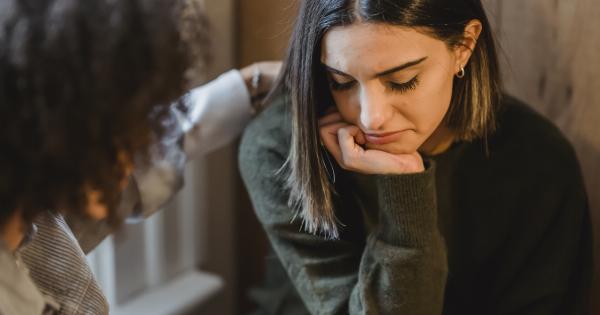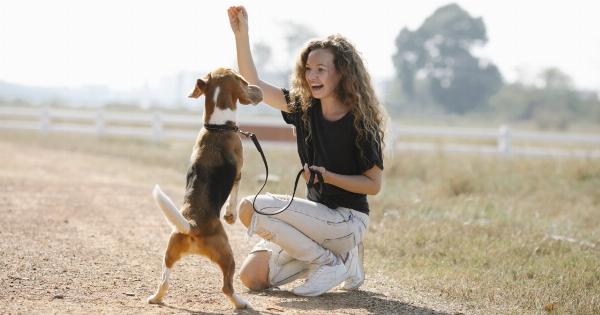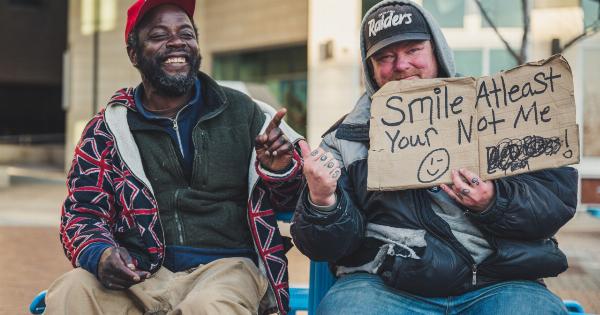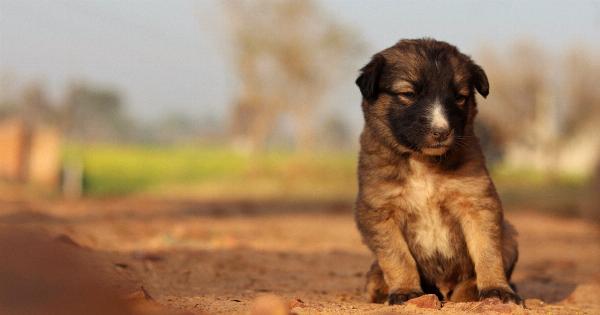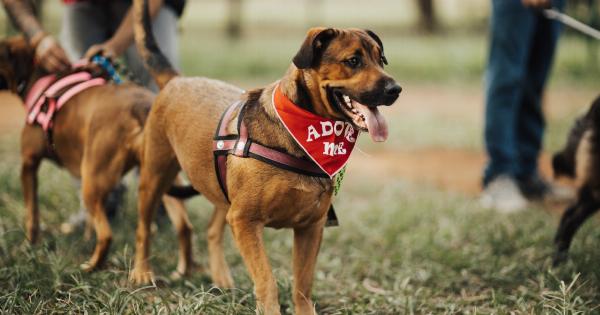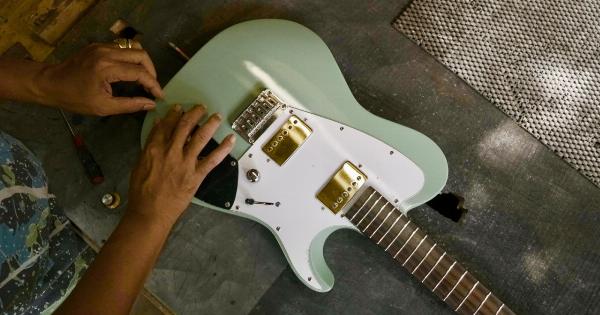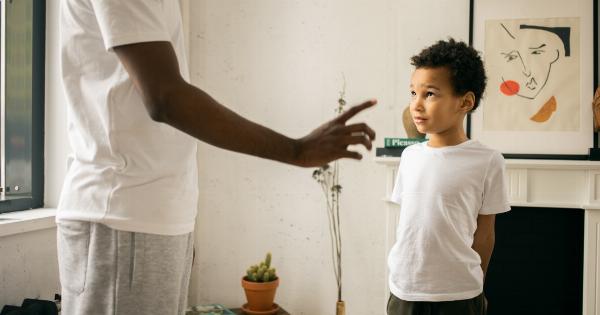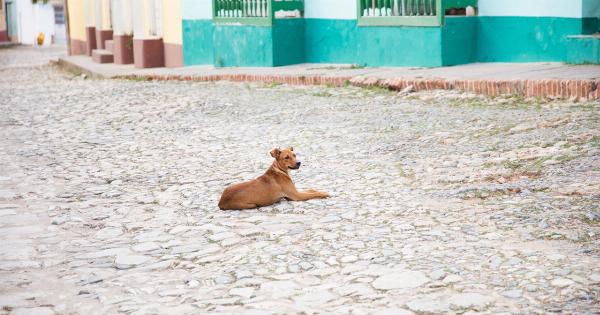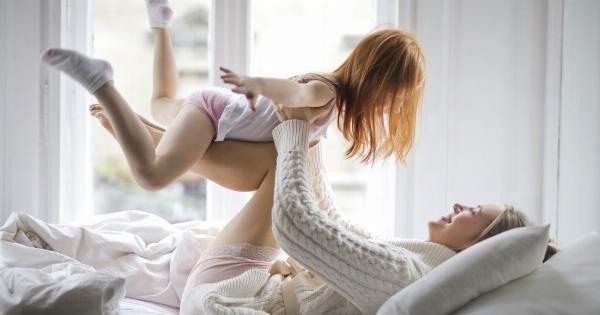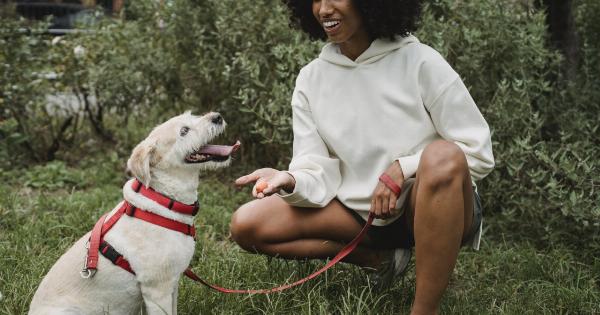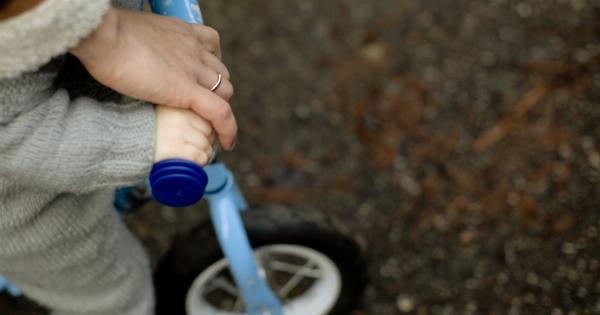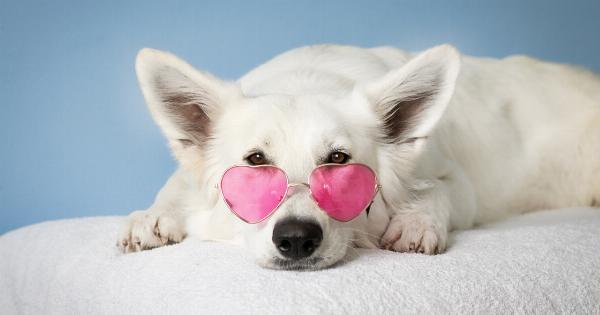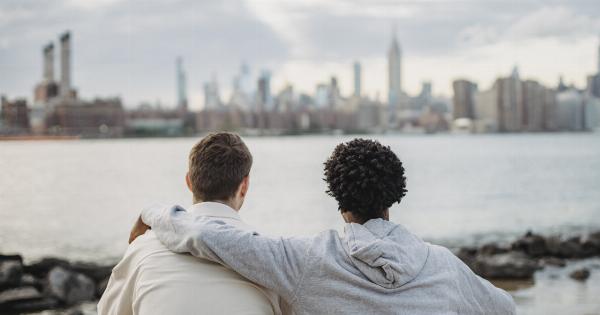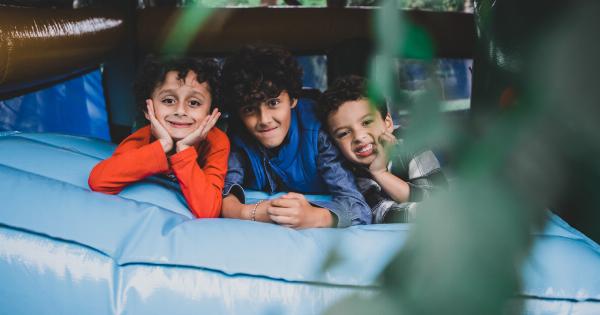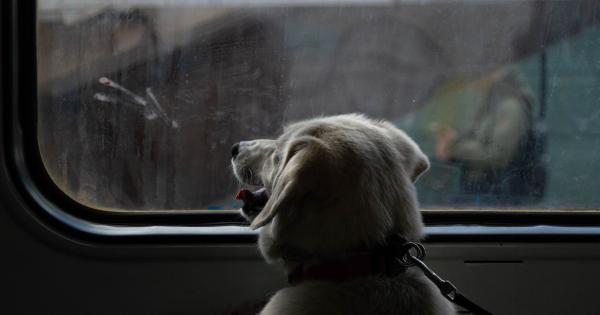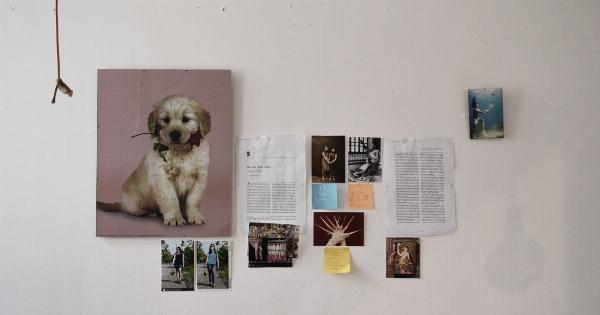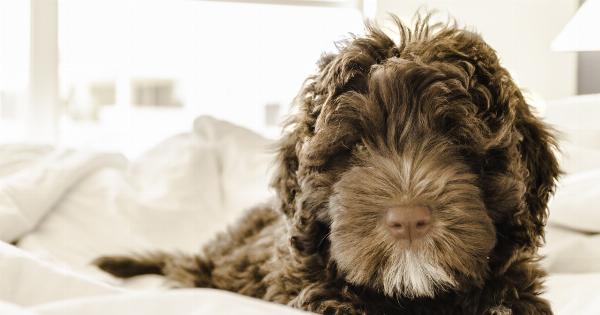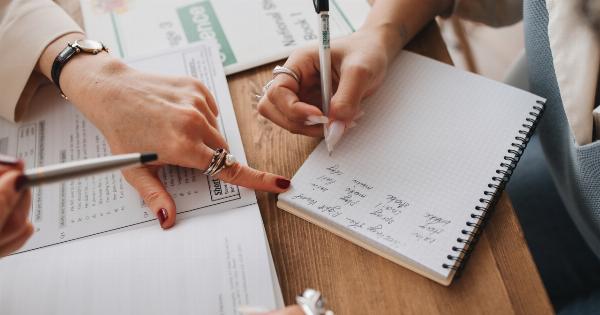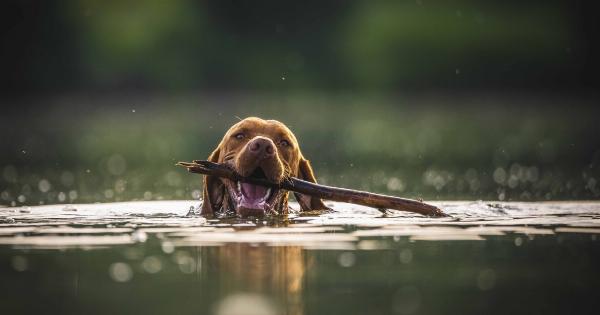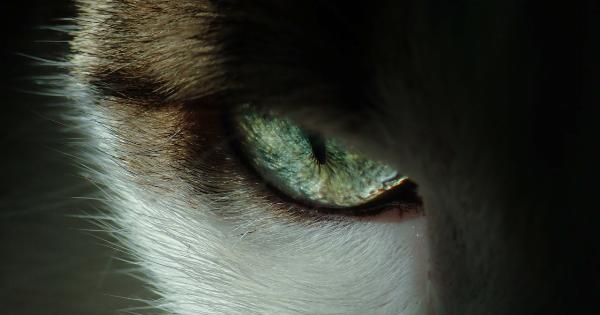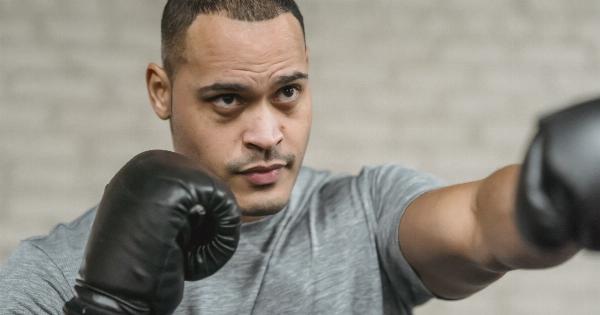Bringing home a new puppy is an exciting time for any family, but it also requires a great deal of patience and training.
One of the most common issues that new puppy owners face is how to prevent their furry friend from creating indoor ‘pond’ problems. This involves training your pup to properly relieve themselves outdoors, which can take time and effort. However, with the right approach and consistent training, you can help your puppy learn that inside is not the right place to go.
1. Establish a Routine
Creating a predictable routine can be incredibly helpful when training your puppy. Puppies thrive on routine, and knowing when to expect certain activities will make it easier for them to understand when it’s time to go potty.
Plan on taking your puppy out first thing in the morning, after meals, and before bed. It’s also important to take them out after any exercise or playtime as well.
2. Use a Crate
A crate can be an invaluable tool when training your puppy. Dogs naturally avoid going potty in their sleeping area, so a crate can help your pup learn to hold it until they’re taken outside.
Make sure the crate is the right size for your puppy – not too big or too small – with enough room for them to stretch out, but not enough to create a designated bathroom area.
3. Supervise Your Puppy
Supervision is key when training your puppy to eliminate outside. Keep a close eye on your puppy when you’re indoors, so you can quickly spot any signs that they need to go out. Common signs include sniffing the floor, circling, or whining.
If you see any of these behaviors, immediately take your puppy outside to their designated bathroom area.
4. Use Positive Reinforcement
Praise and treats are excellent motivators for puppies. Whenever your puppy goes potty outside, make sure to give them a lot of praise, petting, and a special treat.
This reinforces the idea that going outside is the right thing to do, and they’ll be more likely to repeat this behavior in the future.
5. Consistency is Key
Consistency is crucial when training your puppy. Make sure everyone in your household is on the same page regarding the training schedule and routine.
This helps prevent confusion for your puppy and makes it easier for them to learn what’s expected of them. Be patient and persistent, and don’t get discouraged if there are setbacks along the way. With a little patience and effort, your puppy will learn to go potty outside like a pro.
6. Keep a Close Eye on Your Puppy
When you are potty training your puppy it’s important to watch them carefully when they are indoors. Doing so, you may notice that puppies tend to look for a quiet place to do their business.
Unfortunately, this usually happens in an area with little surveillance such as around the couch, bed or in an abandoned corner. Keep a close watch on your pup, if you notice them start pawing around or sniffing at the floor, it could be a sign they need to go out. Another sign to look out for is when your puppy has just finished drinking water.
Take them out immediately after to prevent any accidents.
7. Have a Specific Area for Elimination
Puppies are creatures of habit, so having a specific area designated for elimination can be helpful and consistent for them. Consistently taking your puppy outside to a chosen area also helps to concentrate their actions.
It’s crucial to expose your pup to the specific area you want them to use so they can quickly identify it and learn to go there on their own. It’s good to use verbal cues such as ‘go potty’ or ‘do your business’ to make it easier for your pup to understand the expectation.
8. Manage Feeding Time
If you’re not potty training correctly, your puppy may relieve themselves shortly right after eating, as their digestive system is in overdrive.
For this reason, you should give your puppy food at a consistent time, and make sure you take them out immediately after eating. Additionally, it’s helpful to give your puppy their meals in a single location. Doing so helps establish a routine feeding time, and meal time shouldn’t be synonymous with time to go potty.
9. Consider Punishing Behavior
Punishing your puppy for potty accidents only creates a negative relationship between your pup and you. It’s important to remember that puppies are learning and they don’t have full bladder control until they are 5 or 6 months old.
Rather, the best training involves consistent repetition and positive reinforcement.
Interrupting your pup’s inappropriate behavior by saying something like “No” can help them startle and stop the behavior, and be used as an opportunity for you to take them outside, but punishing should not be considered as an option.
10. Be Patient
Training your puppy is a process that takes time. There will be accidents along the way, and it’s important to be patient and persistent with the training process. Remembering that potty training takes a lot of patience and effort is key.
The more consistent you are with your training, and the more patience you have, the more likely you are to succeed in your journey to stop the indoor pond process.
